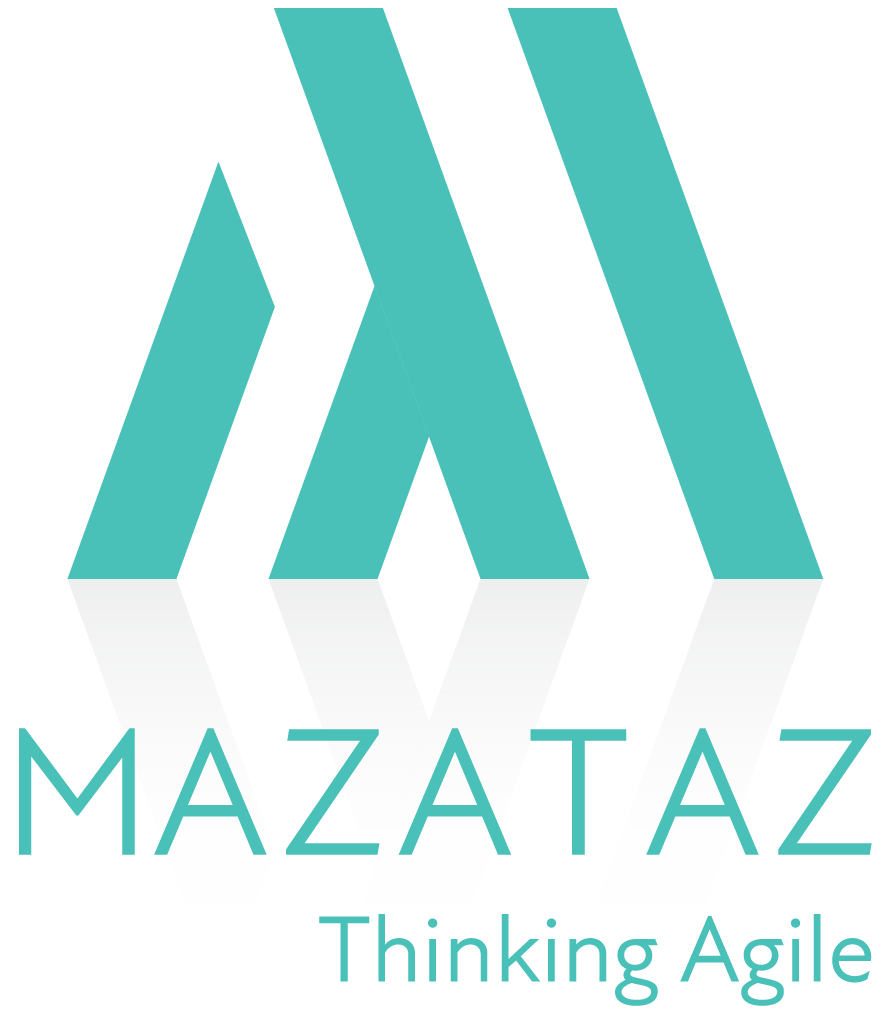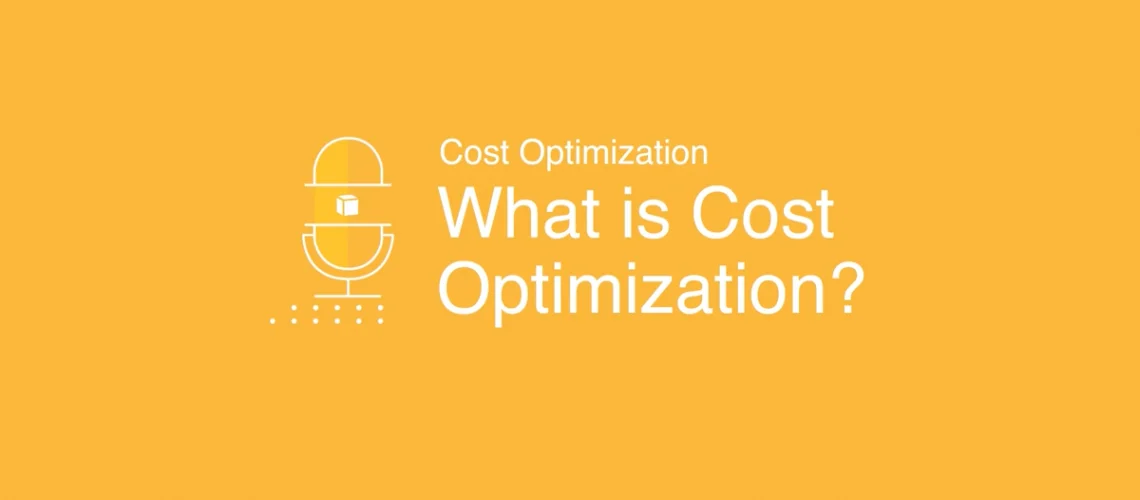Introduction
At its simplest, cloud cost optimization can help businesses cut costs in the short-term, and in the long-term, can help them optimize their spending on cloud services. When looking at cloud management services as a whole, cloud cost optimization is one of the four main pillars. If it is implemented and used effectively, cloud cost optimization can go beyond delivering savings, it can also help improve your company’s utilization and data forecasting
Why is Cloud Optimization needed?
No matter what size the organization you’re a part of, every company can stand to improve their bottom line. Let’s face it, the cost of implementing new technology like cloud computing tech is expensive. For companies that aren’t familiar with everything that is involved with cloud computing, they may not have the skills to allocate their resources properly. As a result, they wind up overspending on cloud costs.
Services from Mazataz, companies will realize both short- and long-term cost savings, and will experience improved utilization and data forecasting, which will further increase cost savings. The need for keeping a close eye on the budget and maximizing available resources is something every single business should be concerned with. It’s not just large organizations trying to keep costs under control or small organizations trying to stay on a budget that is focused on cloud cost optimization. Every single company that is involved with cloud computing technology needs to consider hiring a firm like Mazataz to handle cloud cost optimization
How does it work?
The cost of these services will pay for itself even before you know it.

There are three main parts of cloud cost optimization. These three steps include the following:
- Eliminating waste: Even the best organizations need to go through and trim the fat every now and again. When you’re working in a cloud computing tech world, though, it’s easy to lose sight of what’s truly important and what is falling by the wayside. The cloud itself is chaotic, and projects can expand quicker than project managers can keep track of. That’s where the waste elimination factor of cloud cost optimization comes into play. This concept uses analytics to review resource utilization, uncovering optimization opportunities along the way. From these insights, the experts at GAC will make professional recommendations to organizations, pointing out the areas in which they can decommission or reallocate resources to save significant costs.
- Rightsizing: We’ve already pointed out the chaotic nature of cloud computing. One minute, you have a team of 10 working on a project, and another you have a team of 50. It’s easy to get lost in work required for certain cloud projects, and it’s even more tricky to properly forecast a budget of money, time, and labor. That’s where rightsizing comes in. This element of cloud cost optimization focuses on marrying a projected workload volume with the cheapest possible resource capacity without compromising performance or quality. With this service, organizations can still deliver high-quality work without worrying about overspending.
- Reserved Instance Recommendation: Whenever an organization operates with mission-critical cloud workloads, there’s an insurmountable risk of financial, operational, and reputational loss in the event of a service or security breach. This third and final element of cloud cost optimization, reserved instance recommendation, is designed to remedy these risks through the suggestion of migratory actions and opting for cheaper pricing structures. With this mindset, organizations can uncover the lowest total cost of ownership for their persistent workloads, significantly reducing cloud spend.
Summary
When implemented and serviced properly, organizations can see significant savings through cloud cost optimization. Learn more about how your organization could benefit from this service by contacting the experts at GAC today.

